Evergreen Content: What It Is, Why You Need It, & How to Create It
Evergreen Content: What It Is, Why You Need It, & How to Create It
In this article, I’ll explain what evergreen content is, why it’s important, and how you use it in your content marketing strategy.
Before that, let’s get some basics down.
Evergreen content is search-optimized content that revolves around topics that are always relevant to readers, regardless of the current news cycle or season. Its name comes from the evergreen—plants that retain their green leaves all year round.
There are two important distinctions behind this definition:
Evergreen topics
Evergreen topics are topics with consistent interest and search demand over time.
Here are some examples of evergreen topics:
Examples of non-evergreen topics may be:
Evergreen content
Evergreen content is SEO content about an evergreen topic that continues to be relevant long past its publication date.
Even if the information within is “old,” a piece of evergreen content can still rank high on Google.
Here are some examples of evergreen content:
There is no evergreen content about the evergreen topic of football scores.
If you were to write about the latest football scores today, it would be irrelevant one week from now.
So if you’re interested in creating evergreen content, you shouldn’t be tackling this topic at all.
When Boris Johnson was embroiled in “Partygate,” the BBC reported it and saw a massive spike in traffic:
But it only lasted a few days. As people moved on, interest disappeared and traffic plummeted.
Every time you publish this type of post, you’ll get an initial burst of traffic (“spike of hope”). Over time, as interest wanes, this quickly drops into a “flatline of nope”:
You’re caught in the hamster wheel of content creation. You have to keep publishing. Once you stop, your traffic will drop.
But if you’re creating evergreen content around evergreen topics, you’ll be able to attract organic traffic to your post month after month—without seeing a drastic decline in traffic after a week or two.
This is what we do at Ahrefs.
We never cover news, fads, or controversial issues that people won’t care about next week. We only target evergreen topics and do everything in our power to create content that is as evergreen as possible.
How do you do it? It’s a two-step process:
Finding evergreen topics is all about staying away from time-sensitive topics and focusing on topics with consistent search traffic potential.
To do that, you have to do keyword research.
Here’s how.
A. Find keywords with traffic potential
Brainstorm a few topics you’ll like to target on your blog. Enter those topics into Ahrefs’ Keywords Explorer.
You can also look at the keyword ideas reports to see if there are other evergreen topics you can target:
Recommended reading: Keyword Research: The Beginner’s Guide by Ahrefs
B. Check for a positive trend over time
An evergreen topic means it shouldn’t be on a declining trend. Look at the trends graph in Keywords Explorer to see if a topic is gaining or losing popularity over time. For example, we can see that the topic “website templates” has a high traffic potential but is actually declining in popularity over time:
You can cross-reference these trends with Google Trends too:
Creating evergreen content means creating something that will be relevant no matter when it is. It should show Google that it deserves to be the best result today, tomorrow, and many months from now.
How do you do that?
A. Create 10X content
Google’s goal is to deliver the best result for the search query.
So if you want to be deserving of a position on the first page, you’ll need to create high-quality content. And if you want your content to maintain rankings in the long term, you’ll need to create content that’s way better than everyone else’s.
In the marketing world, we call this “10X content.”
Many people hear “10X content” and think it’s a “call to arms” to make their content 10X longer. But longer doesn’t mean better. In fact, we’ve found a moderate negative correlation between word count and organic traffic for posts longer than 2,000 words. In other words, the average 10,000-word post gets less search traffic than the average 2,000-word post.
Use “10X content” as a mental model to inspire yourself to create better content. By better, I mean:
Keep these in mind when you’re creating your own 10X content.
If you want to learn more about creating awesome articles, check out these posts:
B. Avoid angles with a short lifespan
Some content marketers love referencing pop culture (e.g., Marvel Cinematic Universe) in their articles. For example, here’s an article on what Jon Snow can teach us about content marketing.
In this case, the topic of “content marketing” is evergreen. But the content isn’t. The article is forgettable once the GoT hype dies down—and it has:
Of course, this doesn’t apply to every type of content. If your goal is to achieve virality, newsjack, or cover important news, then you don’t have to avoid such references.
But if your goal is to create evergreen content, then try to avoid trendy content angles or references.
C. Avoid using language with a short lifespan
IF possible, it may also make sense to avoid words and phrases like:
These will date your content.
Again, this isn’t a cut-and-dry “rule.” If freshness is important, then you can safely skip this. In fact, we do this for our posts too:
For most evergreen topics, following the steps above should keep your content evergreen for some time.
But your content’s evergreen status won’t last forever. Things do change. And many times, you’ll find that your content needs a refresh. For example, the field of SEO is relatively fast-moving, and many of our own articles stay relevant for a year or two before they need a refresh.
So how do you keep an eye on and maintain your content’s evergreen status?
A. Track your rankings
If Google drops your rankings over time, then it can be a sign that while your topic may be evergreen, your content isn’t.
To keep an eye on this, use our Rank Tracker. At Ahrefs, we usually track the main keyword we’re targeting for that page:
B. Refresh your content
When your content’s evergreen status runs out, you’ll have to look at your content and figure out why it’s no longer relevant in the eyes of Google.
Usually, it’s because some part of it has become outdated, like:
You should also look at the pages that have leapfrogged you on the SERPs. Since Google’s goal is to serve the best, most relevant result for the query, the pages that now outrank you may contain clues on what’s missing from your post.
Ask yourself: What do they have that you don’t? Consider including those topics or points in your post.
Looking for a way to quickly identify subtopics that you may have missed?
Use Ahrefs’ Content Gap tool to find the keywords for which other top-ranking pages rank, but yours don’t.
Just paste in some of the top-ranking URLs, set the mode to “Prefix,” add your URL in the bottom box (labeled “But the following target doesn’t rank for”), and hit “Show keywords.”
Then all that’s left is to refresh, republish, and repromote it.
At Ahrefs, this is something we do all the time. The field of SEO moves rather quickly, and we’ve found that many of our articles need refreshing after a while to remain relevant.
In fact, we’ve updated this post on evergreen content several times!
Here’s another example. We’ve also recently updated our post on free SEO tools. Look at the jump in rankings after we updated it:
Here’s the corresponding spike in traffic:
This is what it looks like if you continue to keep your articles evergreen.
Recommended reading: Republishing Content: How to Update Old Blog Posts for SEO
C. Build links
Links are essential for evergreen rankings because pages with fewer links are easier to outrank.
How do we know? Because Google said backlinks are an important ranking factor. Our studies have also found a clear correlation between rankings and backlinks:
If your page has only five backlinks, then it’s not going to be difficult for someone to outrank you—no matter how often you refresh your page.
To get a rough sense of how many links you may need to crack the first page, enter your target keyword into Ahrefs’ Keywords Explorer. Look at what it says under the Keyword Difficulty (KD) score.
IMPORTANT: This is only an estimate. Please treat it as such.
Here are some resources to help you build more links to your site:
Final thoughts
Jeff Bezos once said, “Focus on things that don’t change.”
These are your evergreen topics.
If you want consistent traffic coming to your blog over time, you should target evergreen topics. Then work to maintain their evergreen status by republishing and repromoting them.
Any questions or comments? Let me know on Twitter.




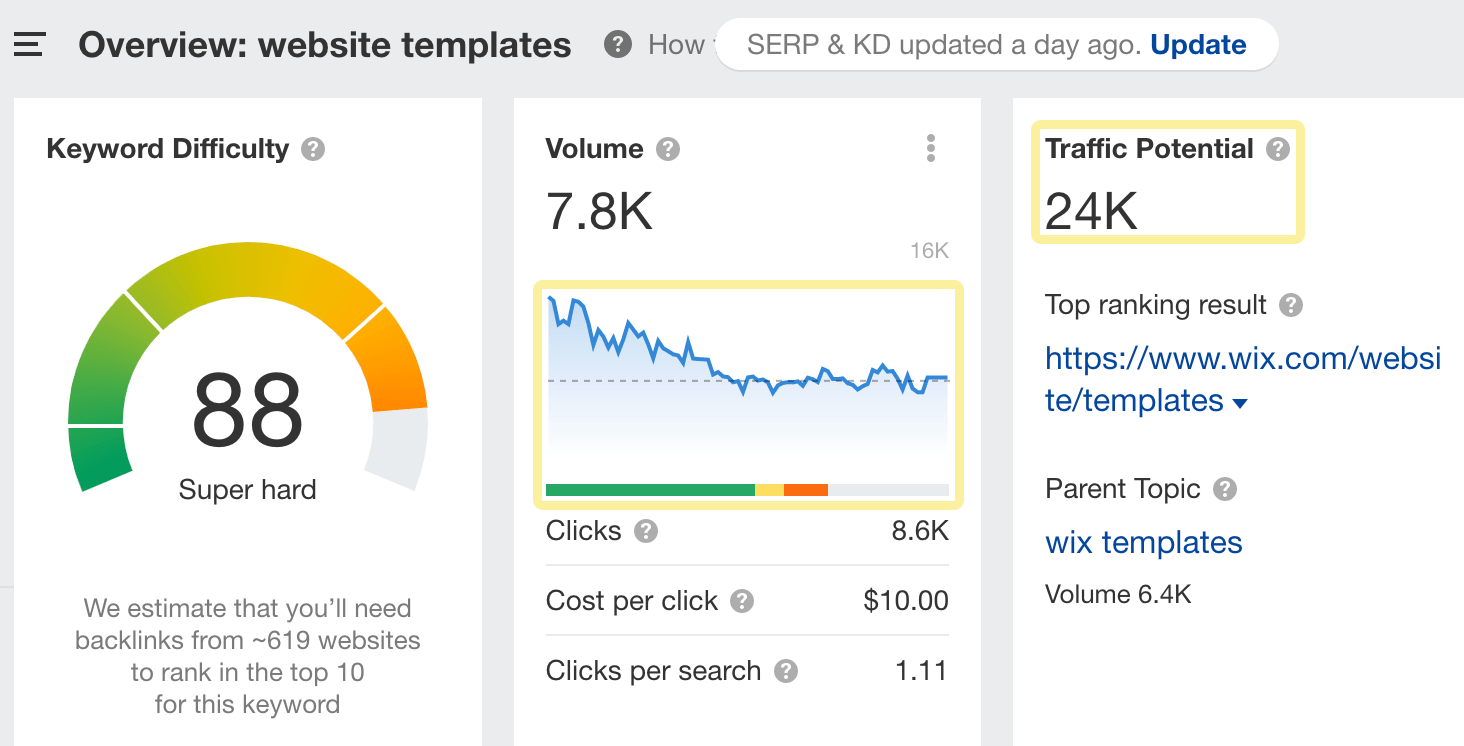

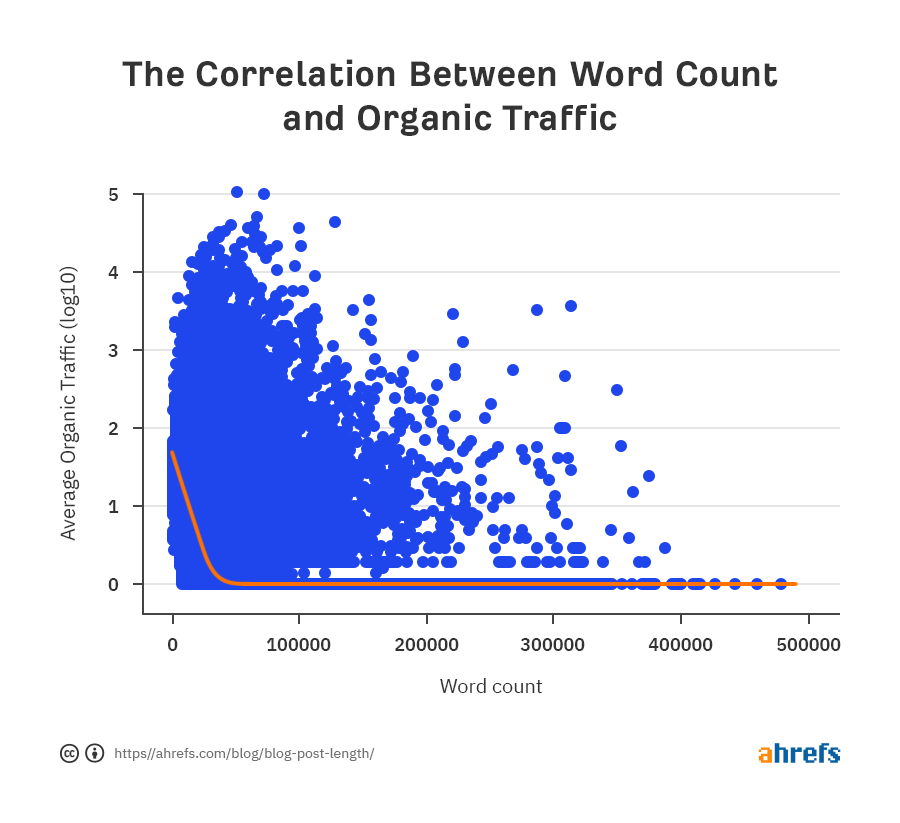


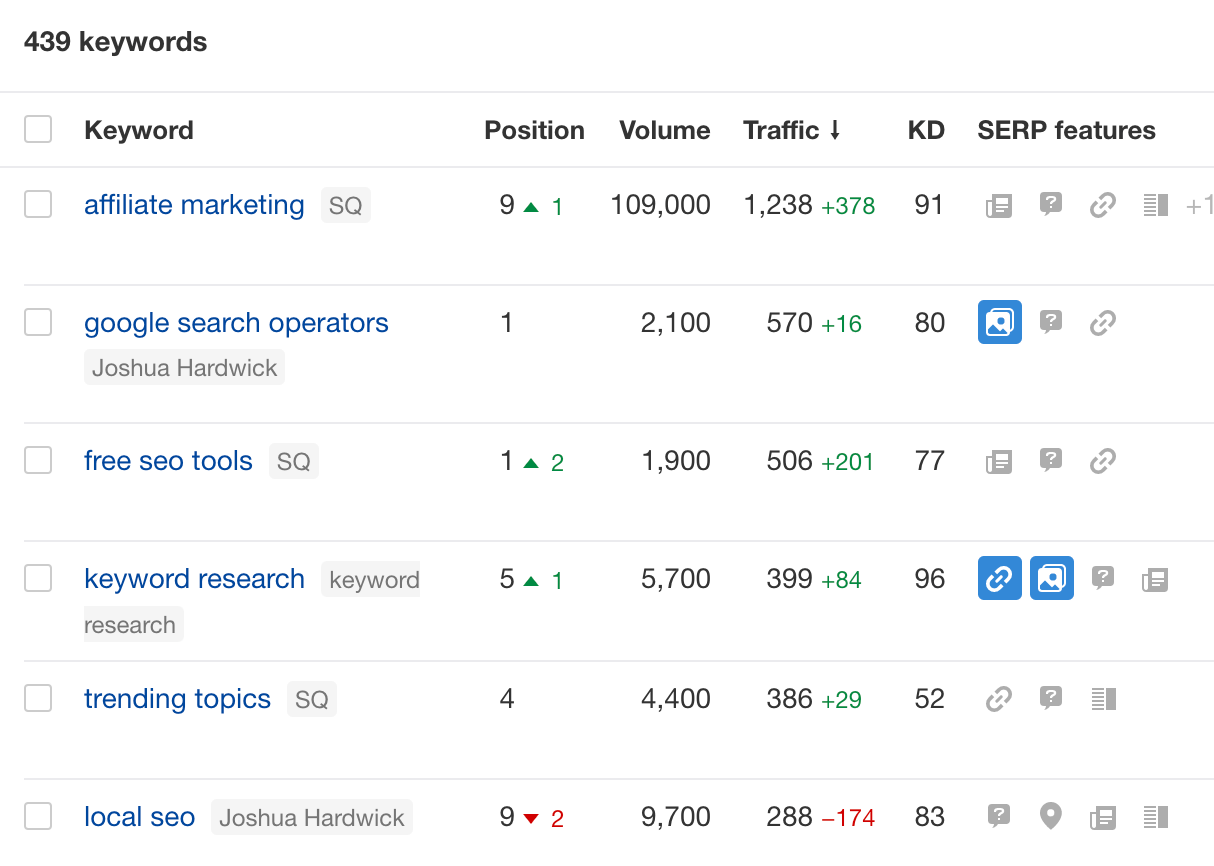
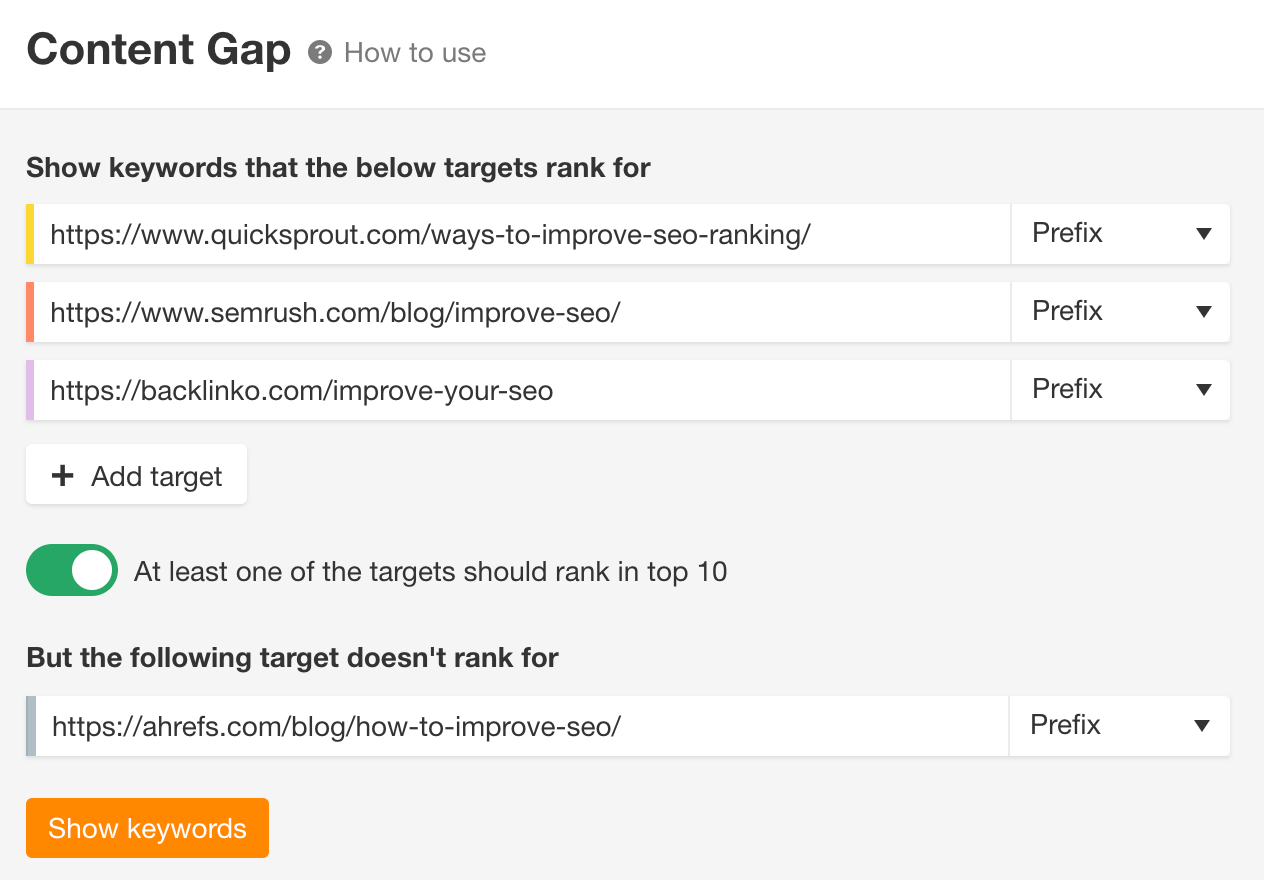



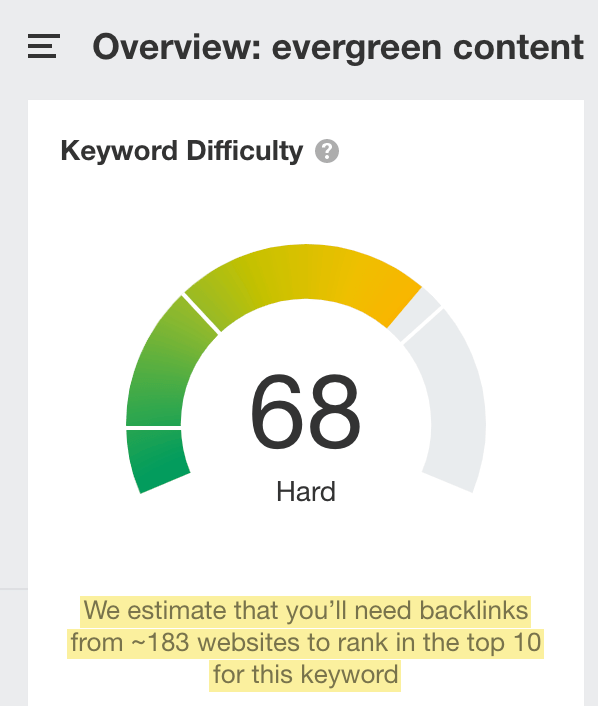

.webp)
Post a Comment